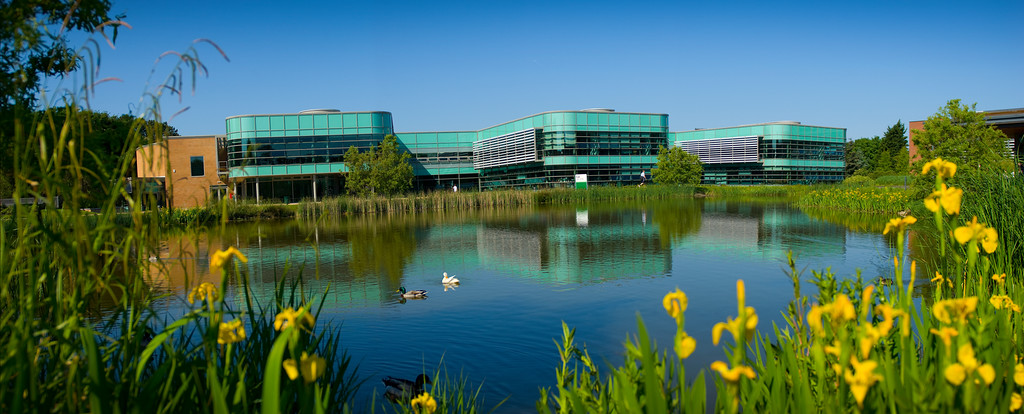Catherine Wilkinson, Edge Hill University and Bernie Carter, Edge Hill University
Acid attacks, throwing acid or another corrosive substance onto the body of an individual with the intention to disfigure, maim, torture, or kill, have almost doubled in the UK since 2012. A spate of attacks has been seen in 2017 and their number has soared in London in particular. Almost half of acid attacks have taken place in the capital.
The rise of these attacks led the home secretary, Amber Rudd, to announce plans to ban the sale of corrosive substances to those aged under 18. But what else can be done to help people who have suffered at the hands of these criminals? Fashion is one way in which those who have been disfigured can claim back some form of control over their appearance. But the Western fashion industry has rigid standards of bodily norms and places a preference on things like thinness, fitness and no imperfections.
The consequences of acid attacks are often life changing, leaving the victim permanently disfigured with scarring and in need of ongoing specialist treatment, such as skin grafts or eye surgery. But the damage is not only physical and victims of acid attacks often face mental trauma. Many survivors will experience anxiety, panic attacks, fear, depression, social isolation, loneliness and suicidal thoughts. People with burns and scars may also be confronted with staring, audible comments about their appearance, unsolicited questions about the cause of their disfigurement and other stigmatising behaviours.
The rise in acid attacks – and images of victims on the news and social media – has left a gap in public knowledge about the rehabilitation process for survivors. Particularly in relation to the process of acceptance, adjustment and the ways that they “manage” their new identity.

Business student Resham Khan survived an acid attack on her 21st birthday in London in July, sustaining burns to her face and body and damage to her left eye. Since then she has been blogging about what her make-up and beauty routine is like and shedding light on the difficult realities.
As my skin is tough, mixing lipsticks is difficult. My eyebrows have been burnt and grow a bit funny so they were proving difficult, so I just shaded them rather than trying to shape them into anything fancy.
Fashion and ‘body norms’
We are starting a new study looking into how fashion and clothing is used by burns survivors – specifically children and young people – to conceal, reveal or detract attention away from their burns and scars. This research hopes to uncover how clothing preferences change as the body is altered and to understand what practices burns survivors use when dressing their bodies. For instance, do burns survivors use clothing to hide their scars, or do they dress their bodies in ways that embrace their new identity?
We know that some individuals use coping strategies related to fashion and clothing. Research has found, for example, that older women use clothing to mask or compensate for things like flabby arms and necks and choose specific clothes to compensate for age-related health issues, such as weight gain and wrinkles.
We are also interested in compensatory clothing practices. For instance, research into coping with the physical disfigurement of mastectomy among breast cancer survivors has found that many women practice “compensatory femininity” – devoting special attention to their physical appearance, typically dressing up more for support group meetings and displaying carefully applied makeup and neatly styled hair (or wearing wigs and scarves). Doing so helped the women cope with the insecurity and embarrassment they felt about their appearance. We would like to find out whether such compensatory practices are in play with burns survivors. Do they pay greater attention to accessories and adornments when dressing than they did before their burn, for example?
We are also looking at the polarity between mainstream clothing (fashion) and clinical clothing, particularly pressure garments worn by burns survivors. The use of pressure garments is an important part of burns scar management, including the prevention and control of excess scar formation. In particular, pressure garments aid in reducing the scar formation and the deformities that result from overscarring (when scars grow lumpy or larger than the wound they are healing).
Pressure garments are made out of a very strong Lycra or polycotton material and are typically beige in colour. However, certain pressure garment manufacturers, such as Jobskin Ltd have begun to incorporate fashion into the design of the garments they manufacture, including personalisation, motifs, patterned zips and binding. Our study seeks to uncover other ways in which fashion can influence the design of pressure garments.
![]() While acid continues to be the weapon of choice on the street, it is important that health care professionals, clothing designers and manufacturers are aware of the varied ways that clothing and fashion can affect people living with burns and scars – and hopefully help them towards some kind of recovery.
While acid continues to be the weapon of choice on the street, it is important that health care professionals, clothing designers and manufacturers are aware of the varied ways that clothing and fashion can affect people living with burns and scars – and hopefully help them towards some kind of recovery.
Catherine Wilkinson, Lecturer in Children, Young People and Families, Edge Hill University and Bernie Carter, Professor of Children’s Nursing, Edge Hill University
This article was originally published on The Conversation. Read the original article.

